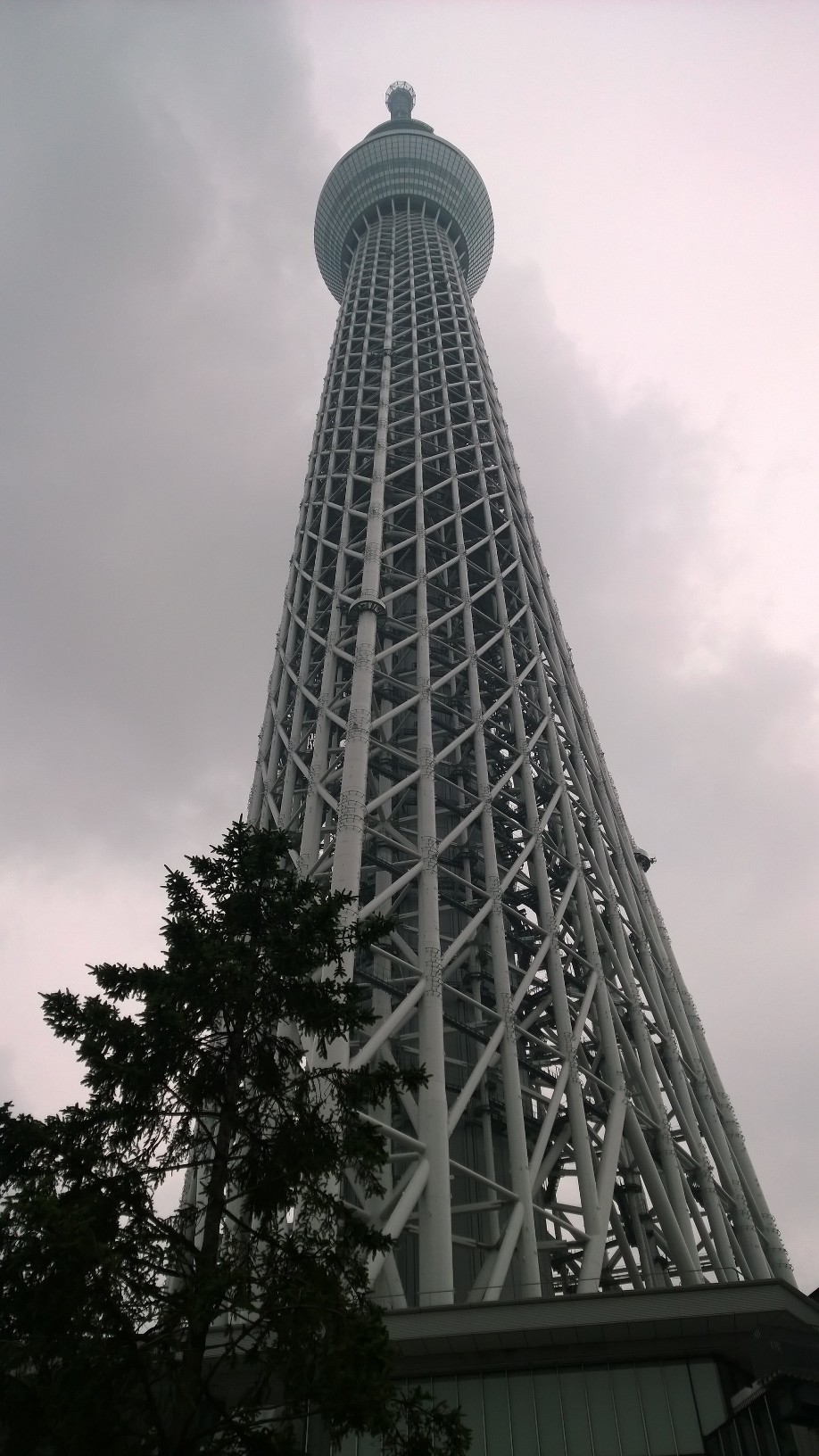by David Collier and Andy Gause
Early Tuesday morning the group visited the Tokyo Imperial Palace. We were immediately struck by the enormous ornate gates. We strolled across the gravel footpaths, admiring the lush foliage. It was quite impressive because we were able to see the foundations for the castles that once sat next to the palace. The scale of the peaceful complex was immense. We witnessed people painting the scenery, couples walking hand-in-hand together, and an older gentlemen napping under a tree. We took several fun group photos, including some in which we all jumped at the same time.
Next we visited Yasukuni Shrine, in which 2.5 million military casualties stretching back from the Meiji Restoration are enshrined, including fourteen Class A war criminals. We couldn’t take pictures inside of the shrine and the atmosphere surrounding the shrine was tranquil. If we hadn’t known the history, we wouldn’t have realized the controversial nature of the place.
Next we visited the nearby WWII museum. Our professor asked us to figure out the narrative presented by the museum. We came to the conclusion that there was some definite fact-stretching in the museum’s representation of the war. One of the placards claimed the battleship Yamato crashed its way into the enemy fleet. However, the battleship sunk before it ever reached the fleet. The museum also presented the invasion of Manchuria and other countries in Southeast Asia as an action of necessity. The segment at the end of the museum showing the faces of the (mostly young) men and women who died in the war was particularly harrowing.
The next day we were driven to Sky Tree, the imposing TV tower in the heart of Tokyo. Standing at 634 meters tall, the structure rose into the overcast sky. We went to the mall where there were several stores selling merchandise related to Japanese TV. One store in particular had some colorful products related to Pokémon, anime and other popular Japanese television shows.





